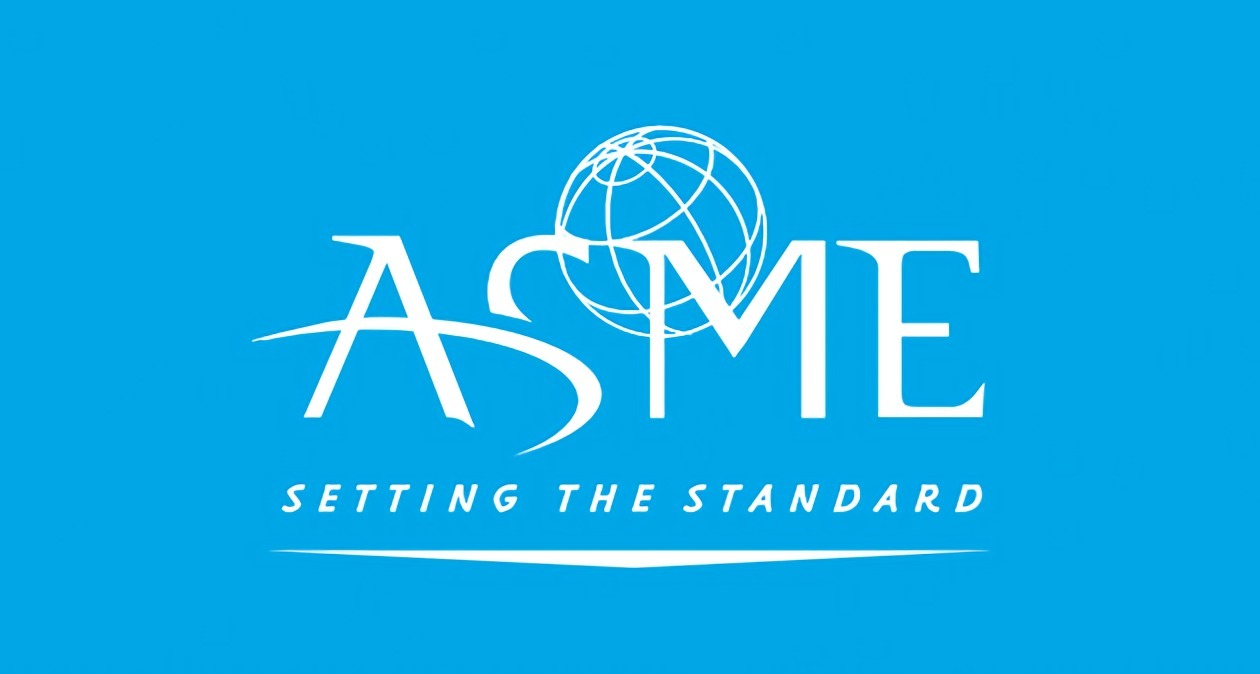
While those who complete a welding degree program can then go on to validate their skills through certification, welding companies may also prove that their products meet industry standards by attaining certification. The American Society of Mechanical Engineers (ASME) offers certifications and stamps to companies that produce boiler and pressure vessels. Whether you plan to work for a welding company or one day own your own, you’ll learn about the process of obtaining ASME certification as a company in this article.
ASME Boiler and Pressure Vessel Certification
Companies that meet ASME’s rules for the design, fabrication and inspection of boilers and pressure vessel components may obtain the organization’s Boiler and Pressure Vessel Certification (BPVC). This certification shows that a company’s quality control systems comply with ASME’s standards. Companies that obtain BPVC certification are allowed to put the ASME stamp on their products as long as they continually meet or exceed the standards set by the organization. The stamps ASME provides allow companies to brand each piece produced as meeting industry standards.
Types of ASME BPVC Certifications:
ASME BPVC certification covers several different areas that include but are not limited to the following:
- Reinforced plastic vessels: Only fiber reinforced plastic vessels are covered in this section.
- Heating boilers: Items in this section include heating boilers/cast iron sectional heating boilers, lined potable water heaters, heating boiler safety valves.
- Power boilers: This includes power boilers, power boiler assemblies, electric boilers, miniature boilers, pressure piping and boiler pressure relief valves.
- Pressure vessels: This particular section includes miniature pressure vessels, pressure vessels, pressure vessel pressure relief valves and pressure vessel relief devices, high pressure vessels, high pressure vessel pressure relief valves, and pressure vessels that must adhere to alternative rules.
- Transport tanks: The section includes transport tanks, transport tank pressure relief valves and transport tank pressure relief devices.
Have You Considered a Career in the Skilled Trades?
Fill out the form to recieve a no obligation info packet.
How to Obtain ASME BPVC Certification
- There are several steps to becoming ASME certified. The first step involves visiting the ASME website and completing the online application. You will have to know what area you plan on specializing in and remember to include that on the application.
- Step two involves knowing what code your company requires. There are 13 codes to choose from and each has its own special distinction. You will have to enter the appropriate code before you can move forward. The type of product your company welds will determine which code to select; for example, there are separate codes for cast iron and cast aluminum boiler and pressure vessels.
- Step three includes submitting the application as well as any required fees. The cost of becoming certified ranges from $2,820–$8,220 per certificate; $10,000 for advanced payment for Joint Review (this will be adjusted to the actual costs after the Joint Review); and $280 per certification stamp. There are also other fees associated with the certification process.
- For step four, you will need to study ASME’s Guide for ASME Review Teams and read through the guidelines for the third-party inspection or Joint Review. Preparing for a Joint Review entails several steps:
- Preparation of the Quality Manual, a representative component, the Welding Procedure Specification (WPS), Procedure Qualification Record (PQR), Welding personnel (WPQ / WOPQ), the drawing and the design and any calculations that may be needed, and all work procedures associated with the process
- Demonstration of all Non-Destructive Examination (NDE) procedures performed for the Authorized Inspector
- Qualification of all NDE personnel
- The purchasing of materials
- Preparation of both the Fabrication/Testing/Inspection sequence plan as well as the MDR or manufacturer’s Data Report
- Once you have reviewed the guidelines and are ready to move forward, step five involves contacting an Accredited Authorized Inspection Agency and setting up a third-party inspection. During the certification process, the company must demonstrate the implementation of their quality control system at all levels of production, including manufacturing, fabrication and testing. The company must prove its ability to meet manufacturing specs and codes with current work or an accurate mock up of the final product. After the inspection, the agent will review any request that has been made for certification and move forward accordingly.
- After you receive your certification, you will be advised that it must be renewed every three years to remain active; certificates H and UM, however, must be renewed every year. In addition to paying a fee, companies must also undergo another third-party inspection in order to renew their certification.
Why Seek ASME BPVC Certification?
Certification can prove that a welding company’s products meet industry standards for quality and safety. ASME BPVC certification ensures that the product was manufactured in compliance with the laws and regulations in nearly all of the U.S. states and the Canadian provinces. Moreover, more than 100 countries accept BPVC certification as a means of meeting their government safety regulations. Owning or working as a welder for a company that has been ASME certified offers the privilege of stamping each product with the ASME logo.
Before an individual can be a part of the production of such standardized products, however, he or she must obtain welding training at an accredited school. To learn more about getting started in the field of welding, contact Tulsa Welding School today.
This blog has been labeled as archived as it may no longer contain the most up-to-date data. For a list of all current blog posts, please visit our blog homepage at https://www.tws.edu/blog/







